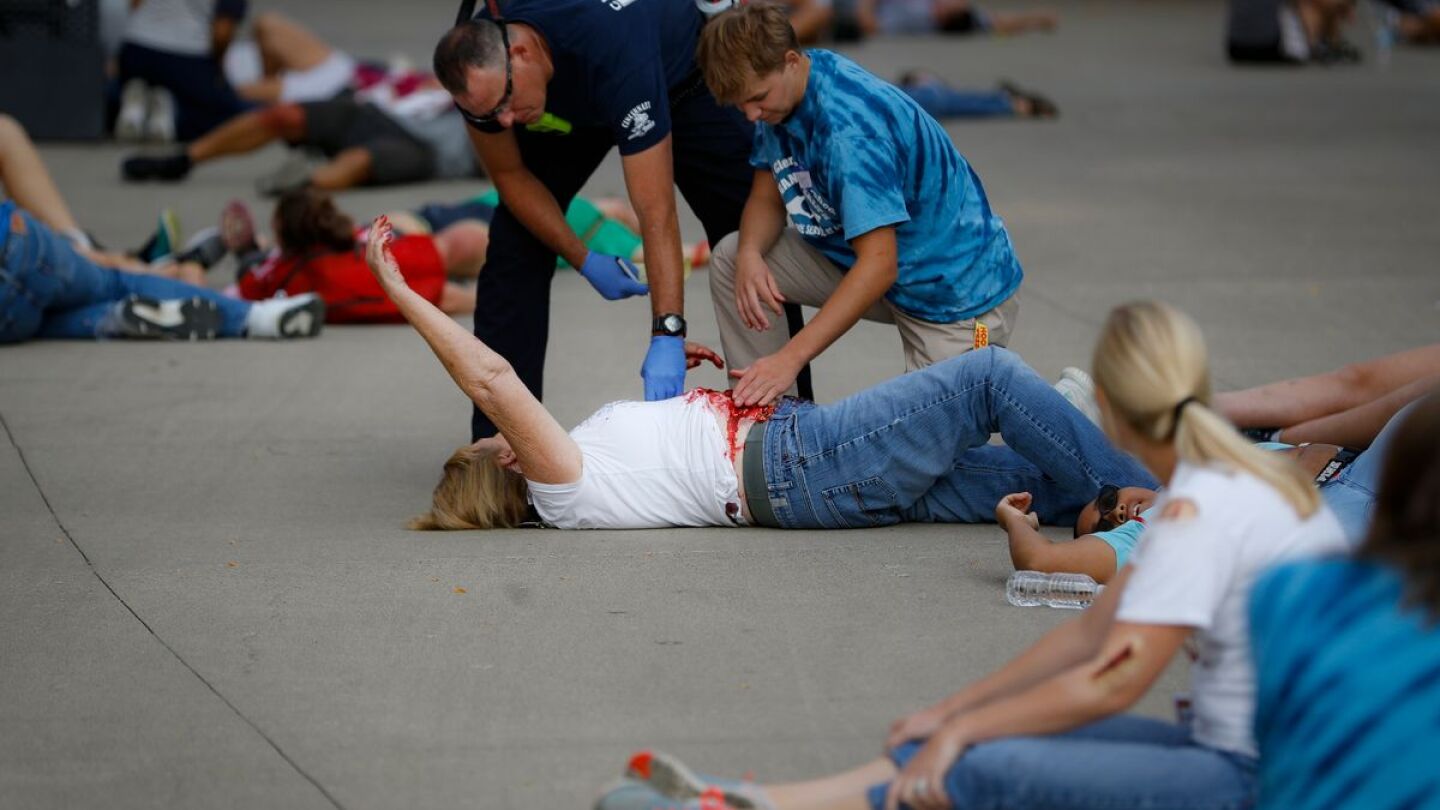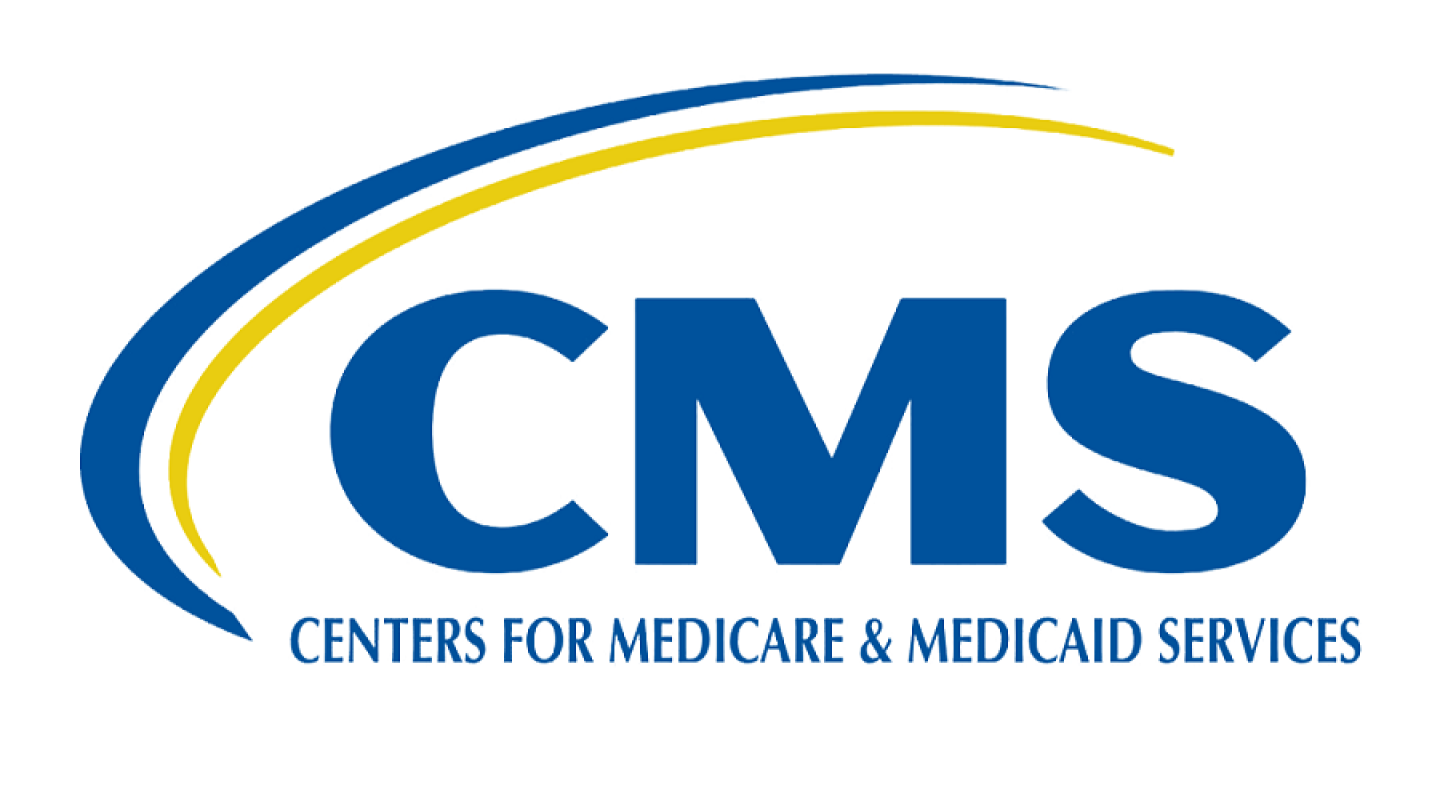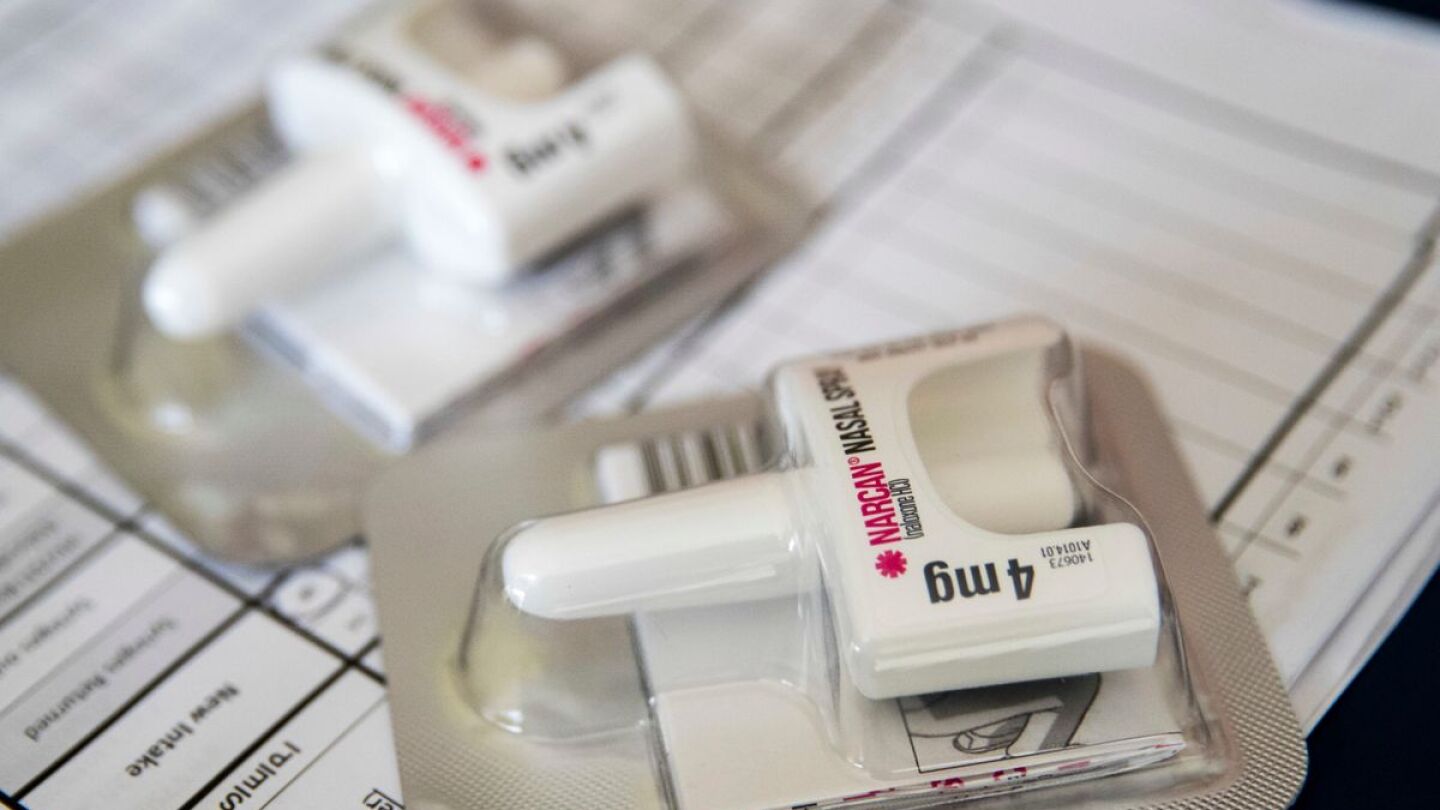Patient Transportation
Reduce your agency’s risk of lifting injuries through a combination of training and tools
Take advantage of new resources to prevent over- and under-triage, and to guide transportation decisions
Three outdated paradigms holding EMS back
Hatzolah Air has preordered four “CityHawks,” lightweight EMS aircraft designed by Urban Aeronautics to more easily land and take off in urban settings
EMS providers have been advised to cut back on their use of oxygen and focus on patients who have a greater chance of surviving
Most hospitals in California are no longer able to offer regular hospital services, switching to “contingency care”
FD: Two workers who were trapped on dangling scaffolding were rescued through a window
The TCAD Paramedic crew that witnessed a motor vehicle crash took immediate action to slow the fire and remove the victim from the vehicle
Fresno, Kings, Madera and Tulare County paramedics will assess patients and refer them to an urgent care clinic or primary care physician if their condition is not an emergency
MedArrive aims to provide affordable at-home healthcare services by combining physician-led telehealth with hands-on care from EMS professionals
SouthBridge EMS’s transport revenue is estimated to be down by at least $230,000 this year
People with symptoms consistent with COVID-19 or the flu who do not appear to need hospitalization will be visited by paramedics without ambulances
Both the driver and the passenger of the ambulance received non-life threatening injuries
The 25 ambulances and crews are set to begin a two-week deployment to the state on Friday
Minidoka Memorial EMS Director Mark Phillips said the winter season will further complicate transports as medical helicopters are no longer able to fly
The La Pine Rural Fire Protection District began charging the St. Charles Health System after seeing an increase in call volume for transfers from its immediate care clinic
The association between prehospital time and outcome of trauma patients in 4 Asian countries: A cross-national, multicenter cohort study
Ohio Senate Bill 302 aims to ensure stroke patients are always transported to a hospital that is equipped to treat their condition
Southwestern Michigan Community Ambulance Service is working to acquire a third wheelchair van to accommodate an increase in transports for dialysis and other COVID-19 complication treatments
For patients who do not achieve ROSC early, is it better to stay on scene and continue resuscitation efforts or transport to the ED with CPR in progress?
When Fort Lauderdale fire crews arrived, nearby boaters were plucking people out of the water and off the boat
Stanford University announced that most students on a 5150 protective hold will be transported by the Palo Alto Fire Department instead of the university’s Department of Public Safety
Researchers evaluated the use of a pre-hospital modified HEART Pathway method for patients who call 911 due to chest pain
Richmond Ambulance Authority and Medic EMS share lessons from implementing the Medical Priority Dispatch System to improve stroke alert response
Gaston County EMS leadership embarked on a plan to equip every transport-capable ALS unit in Gaston County with a ventilator
“With every role we take during our career, in a way, we are auditioning for the next”
St. Charles County Ambulance District has armed medics with screening tools and additional EMS training to get patients to appropriate definitive care
The Centers for Medicare & Medicaid Services reported that the Prior Authorization Model for Repetitive, Scheduled Non-Emergent Ambulance Transport (RSNAT) saved Medicare $650 million over 4 years
The Centers for Medicare & Medicaid Services announced that the first performance period will begin Jan. 1, 2021
Instead of giving stock to its executive team, Ambulnz gave it to its frontline responders, and paired it with a novel push-to-request dispatch system
Police said paramedics failed to properly assess the patient and should not have let her go to the hospital in a police car
Formalized neonatal training, repetition and equipment can account for the low frequency but high stakes of these resuscitation scenarios
Many EMS systems are evaluating ways to mitigate the risks of refusal in post naloxone patients
MOST POPULAR
- EMS by the numbers: Where we need to go next
- 7 assessment considerations for treating stab victims
- Why are inequities happening in EMS care delivery and patient outcomes?
- Orthodox Jewish EMS agency faces pushback from LAFD over transport license
- Philly responders discuss transporting trauma patients in police cruisers




























